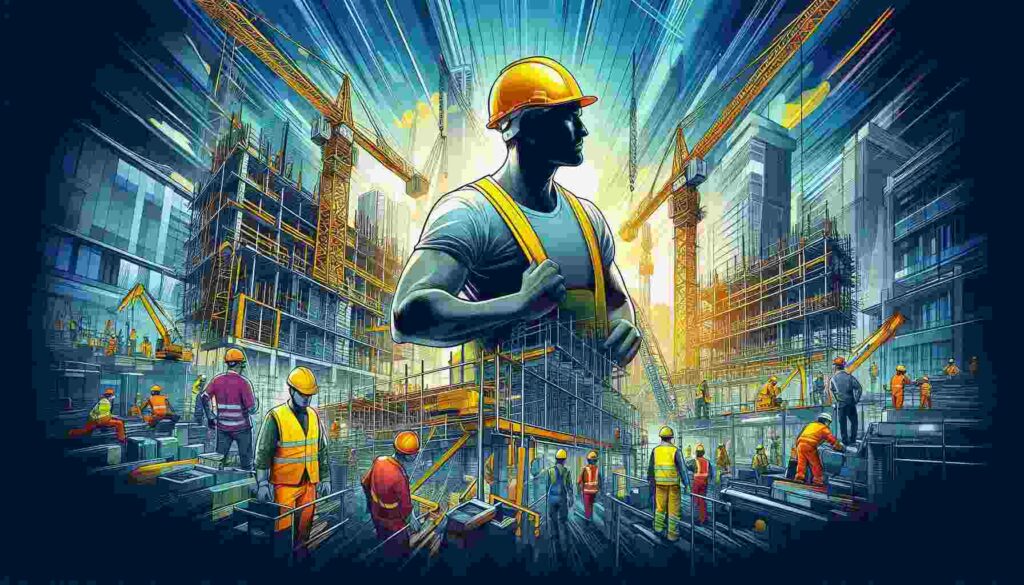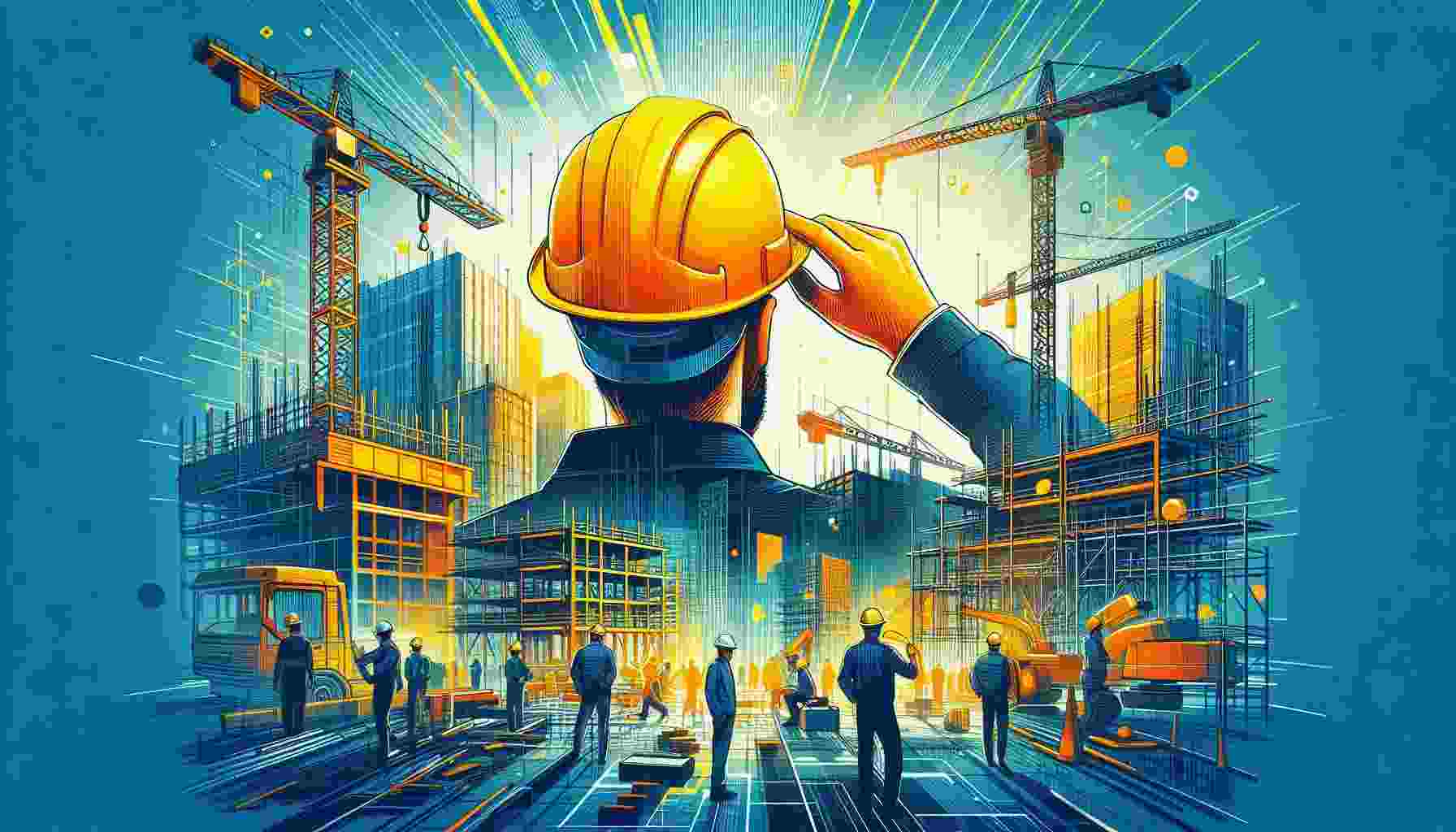Picture this: a bustling construction site, filled with workers in brightly colored vests and… hard hats! You’ve seen them everywhere, but have you ever stopped to think about just how crucial these humble helmets are? Construction hard hats are more than just a fashion statement for builders; they’re a vital line of defense against potential hazards on the job site.
According to the Occupational Safety and Health Administration (OSHA), head injuries account for 9% of all construction-related injuries. That’s a staggering number when you consider the potential long-term consequences of head trauma. It’s no wonder that hard hats are considered essential personal protective equipment (PPE) in the construction industry.
Key Takeaways
- Hard hats are designed to protect workers from falling objects, bump hazards, and electrical shocks.
- There are different types of hard hats for various construction tasks and environments.
- Proper maintenance and regular inspection of hard hats are crucial for ensuring optimal protection.
- Wearing a hard hat correctly is just as important as having one in the first place.

The Evolution of Construction Hard Hats
Hard hats have come a long way since their inception in the early 20th century. The first “hard-boiled hat” was invented by Edward W. Bullard in 1919, inspired by the protective helmets used by soldiers in World War I. These early versions were made of steamed canvas, glue, and black paint – a far cry from the high-tech protective gear we see today!
As construction techniques and safety standards evolved, so did hard hats. In the 1930s, aluminum became the material of choice, offering improved protection against falling objects. However, it wasn’t until the 1950s that plastic hard hats entered the scene, revolutionizing worker safety with their lightweight yet durable design.
Today’s hard hats are marvels of modern engineering, incorporating advanced materials and innovative features to provide maximum protection and comfort. From impact-resistant thermoplastics to adjustable suspension systems, these helmets are designed to keep workers safe in even the most challenging conditions.
Types of Construction Hard Hats
Not all hard hats are created equal. Depending on the specific job requirements and potential hazards, different types of hard hats may be necessary. Here’s a breakdown of the main types you’ll encounter on construction sites:
Type I Hard Hats
- Designed to protect against impact from above
- Ideal for most general construction work
- Commonly used in residential and commercial building projects
Type II Hard Hats
- Offer protection against both top and side impacts
- Suitable for work in areas with potential side hazards
- Often used in heavy construction, mining, and tunneling
Class E (Electrical) Hard Hats
- Provide protection against electrical hazards up to 20,000 volts
- Essential for electricians and workers near power lines
- Usually made of non-conductive materials like fiberglass or plastic
Class G (General) Hard Hats
- Offer electrical protection up to 2,200 volts
- Suitable for most construction and industrial applications
- Commonly used in general construction and manufacturing
Class C (Conductive) Hard Hats
- Provide no electrical protection
- Often made of aluminum or other conductive materials
- Used in environments where electrical hazards are not a concern

The Anatomy of a Hard Hat
Ever wondered what makes a hard hat tick? Let’s break down the key components that work together to keep your noggin safe:
Shell
The outer layer of the hard hat, typically made of high-density polyethylene (HDPE) or other durable plastics. It’s designed to deflect falling objects and absorb impact energy.
Suspension System
The internal webbing or cradle that sits on your head. It helps distribute the weight of the hat and absorbs shock from impacts. Most modern hard hats feature adjustable suspensions for a custom fit.
Brim
The extended edge around the hat that provides additional protection against sun, rain, and debris. Some hard hats have full brims, while others feature a shorter brim in the front (often called a “cap style”).
Sweatband
A absorbent band that runs along the inside of the hat, helping to keep sweat out of your eyes and improving overall comfort during long work hours.
Accessories
Many hard hats come with slots or attachment points for add-ons like face shields, earmuffs, or headlamps, enhancing their versatility and protection capabilities.
Proper Hard Hat Usage and Maintenance
Owning a hard hat is one thing, but using it correctly is another ball game entirely. Here are some essential tips to ensure you’re getting the most out of your protective headgear:
Wearing Your Hard Hat Correctly
- Always wear the hat with the brim facing forward (unless you’re using a reverse donning hat specifically designed for backward wear).
- Adjust the suspension system for a snug, comfortable fit. The hat shouldn’t wobble or fall off when you bend over.
- Don’t wear anything between your head and the hat’s suspension system, including baseball caps or hoodies.
- Replace your hard hat if it’s been involved in an impact, even if there’s no visible damage.
Maintaining Your Hard Hat
- Clean your hard hat regularly with mild soap and warm water. Avoid using harsh chemicals or solvents that could weaken the material.
- Inspect your hard hat daily for signs of damage, such as cracks, dents, or worn suspension straps.
- Store your hard hat in a cool, dry place away from direct sunlight when not in use.
- Replace your hard hat every 5 years, or sooner if recommended by the manufacturer.
Remember, a well-maintained hard hat is your best defense against head injuries on the job site. Don’t skimp on safety – your brain will thank you!
As we’ve seen, construction hard hats are more than just a simple piece of plastic. They’re a carefully engineered safety device with a rich history and a vital role in protecting workers. But there’s still more to explore when it comes to these life-saving helmets. In the next section, we’ll dive into some of the latest innovations in hard hat technology and how they’re shaping the future of construction safety…
Innovations in Hard Hat Technology
The world of construction safety is constantly evolving, and hard hats are no exception. Let’s take a peek at some of the coolest new features that are making these life-saving helmets even better:
Smart Hard Hats
Imagine a hard hat that could detect falls, monitor your vital signs, and even alert supervisors if you’re in danger. Well, guess what? They’re already here! Smart hard hats are equipped with sensors and connectivity features that take worker safety to a whole new level. Some can even track your location on the job site, which is super handy in emergency situations.
Improved Ventilation Systems
Working in the scorching sun can be brutal, but new hard hat designs are helping to keep workers cool. Advanced ventilation systems allow for better airflow, reducing heat buildup and making those long days a little more bearable. Some models even incorporate built-in fans for extra cooling power!
Enhanced Visibility
Being seen on a busy construction site is crucial for safety. That’s why many new hard hats come with reflective strips or even LED lights built right in. These features make workers more visible in low-light conditions, reducing the risk of accidents.
Customizable Fit
One size definitely doesn’t fit all when it comes to hard hats. Newer models often feature adjustable suspension systems that can be fine-tuned for a perfect fit. Some even use advanced materials that mold to the shape of your head over time, providing unparalleled comfort and protection.
Integrated Face Shields
Forget fumbling with separate safety glasses or face shields. Many modern hard hats come with built-in, retractable face shields that offer seamless eye and face protection. It’s like having a Swiss Army knife for your head!
These innovations are making hard hats more effective and comfortable than ever before. But remember, even the fanciest hard hat in the world won’t do its job if it’s not worn properly or maintained regularly.
The Impact of Hard Hats on Construction Safety
It’s easy to take hard hats for granted, but the numbers don’t lie. Studies have shown that proper use of hard hats can reduce the risk of head injuries by up to 50%. That’s huge! Let’s break down some of the ways these humble helmets are making a difference:
- Reducing fatalities: Head injuries are a leading cause of death in construction accidents. Hard hats have played a significant role in reducing these tragic incidents.
- Preventing long-term disabilities: Even non-fatal head injuries can have lasting consequences. Hard hats help minimize the severity of impacts, potentially saving workers from lifelong disabilities.
- Boosting confidence: Knowing you’re protected allows workers to focus on their tasks without constant worry about overhead hazards.
- Setting a safety culture: When everyone on site wears their hard hat, it reinforces the importance of safety and encourages compliance with other safety measures.
But here’s the kicker: hard hats can only do their job if they’re actually worn. It’s estimated that up to 25% of construction workers don’t consistently wear their hard hats on the job. That’s a scary statistic when you consider the risks involved.
So, what can be done to improve hard hat compliance? Education is key. Workers need to understand not just that they should wear their hard hats, but why it’s so important. Employers can help by creating a strong safety culture, providing comfortable and well-maintained hard hats, and leading by example.
At the end of the day, construction hard hats are more than just a symbol of the trade – they’re a vital piece of safety equipment that saves lives and prevents injuries every single day. From their humble beginnings as “hard-boiled hats” to today’s high-tech smart helmets, these trusty protectors have come a long way. And with ongoing innovations in materials and design, the future of hard hat technology looks brighter (and safer) than ever.
So, the next time you see a construction worker sporting their hard hat, give them a nod of appreciation. They’re not just following the rules – they’re taking an active step to protect themselves and their coworkers. And in the world of construction, that’s something worth celebrating.
Remember, whether you’re a seasoned pro or a newbie on the job site, your hard hat is your best friend. Treat it well, wear it properly, and never underestimate its importance. After all, you’ve only got one head – and it’s worth protecting!
Frequently Asked Questions
1. How often should I replace my construction hard hat?
Most manufacturers recommend replacing your hard hat every 5 years, even if it appears to be in good condition. However, if your hard hat has been involved in an impact, shows signs of damage, or has been exposed to harsh chemicals or extreme temperatures, it should be replaced immediately. It’s also a good idea to replace the suspension system every 12 months to ensure optimal protection.
2. Can I wear my hard hat backwards?
Generally, hard hats should be worn with the brim facing forward. This ensures proper protection against falling objects and maintains the hat’s designed impact resistance. However, some hard hats are specifically designed for reverse donning, allowing them to be worn backwards. Always check the manufacturer’s instructions to see if your hard hat is approved for reverse wear.
3. Are there different sizes of hard hats?
Most hard hats come in a “one size fits most” design with adjustable suspension systems. However, some manufacturers do offer different sizes for workers with particularly small or large head sizes. It’s crucial to ensure your hard hat fits properly – it shouldn’t be too tight or too loose, and should sit about 1-1.25 inches above your eyebrows.
4. Can I paint or put stickers on my hard hat?
It’s generally not recommended to paint or apply stickers to your hard hat, as these can potentially hide damage or weaken the material. Some manufacturers allow the use of specific types of paint or stickers, but always check the guidelines first. If you need to mark your hard hat for identification, use a small amount of acrylic paint or a label maker designed for hard hat use.
5. Do I need to wear a hard hat if I’m just visiting a construction site briefly?
Yes, absolutely! Even if you’re only on site for a short time, you’re still at risk from falling objects, bump hazards, and other potential dangers. Most construction sites have a strict “no exceptions” policy when it comes to hard hat use. It’s always better to be safe than sorry, so don your hard hat before entering any active construction area.
6. Can I wear a baseball cap under my hard hat?
It’s not recommended to wear anything between your head and the hard hat’s suspension system, including baseball caps, bandanas, or hoodies. These items can interfere with the hat’s fit and impact absorption capabilities. If you need sun protection, look for hard hats with built-in brims or attachable sun shields designed specifically for use with hard hats.
7. Are there hard hats designed for cold weather use?
Yes, there are hard hats designed for use in cold environments. These often feature insulated liners or attachments that can be added to standard hard hats. Some models also come with slots for earmuffs or other cold weather gear. Always ensure that any cold weather additions don’t interfere with the hard hat’s protective capabilities.
8. How should I clean my hard hat?
Clean your hard hat regularly with mild soap and warm water. Avoid using harsh chemicals, solvents, or abrasive materials, as these can damage the hat’s protective properties. After cleaning, allow the hat to air dry at room temperature. Never use heat to dry your hard hat, as this can weaken the material.
9. Can I use a hard hat for activities other than construction, like cycling or rock climbing?
No, construction hard hats are specifically designed for use on construction sites and are not suitable for other activities. Different sports and activities have their own specialized helmets designed to protect against specific hazards. Always use the appropriate helmet for your activity to ensure proper protection.
10. Are there any alternatives to traditional hard hats for construction workers?
While traditional hard hats remain the most common form of head protection on construction sites, there are some alternatives emerging. Safety bump caps, which look more like baseball caps, are sometimes used for light-duty work with minimal overhead hazards. There are also newer designs that resemble climbing or skateboarding helmets, offering a different style and sometimes additional features. However, it’s crucial to ensure that any alternative meets the necessary safety standards and is approved for use on your specific job site.






